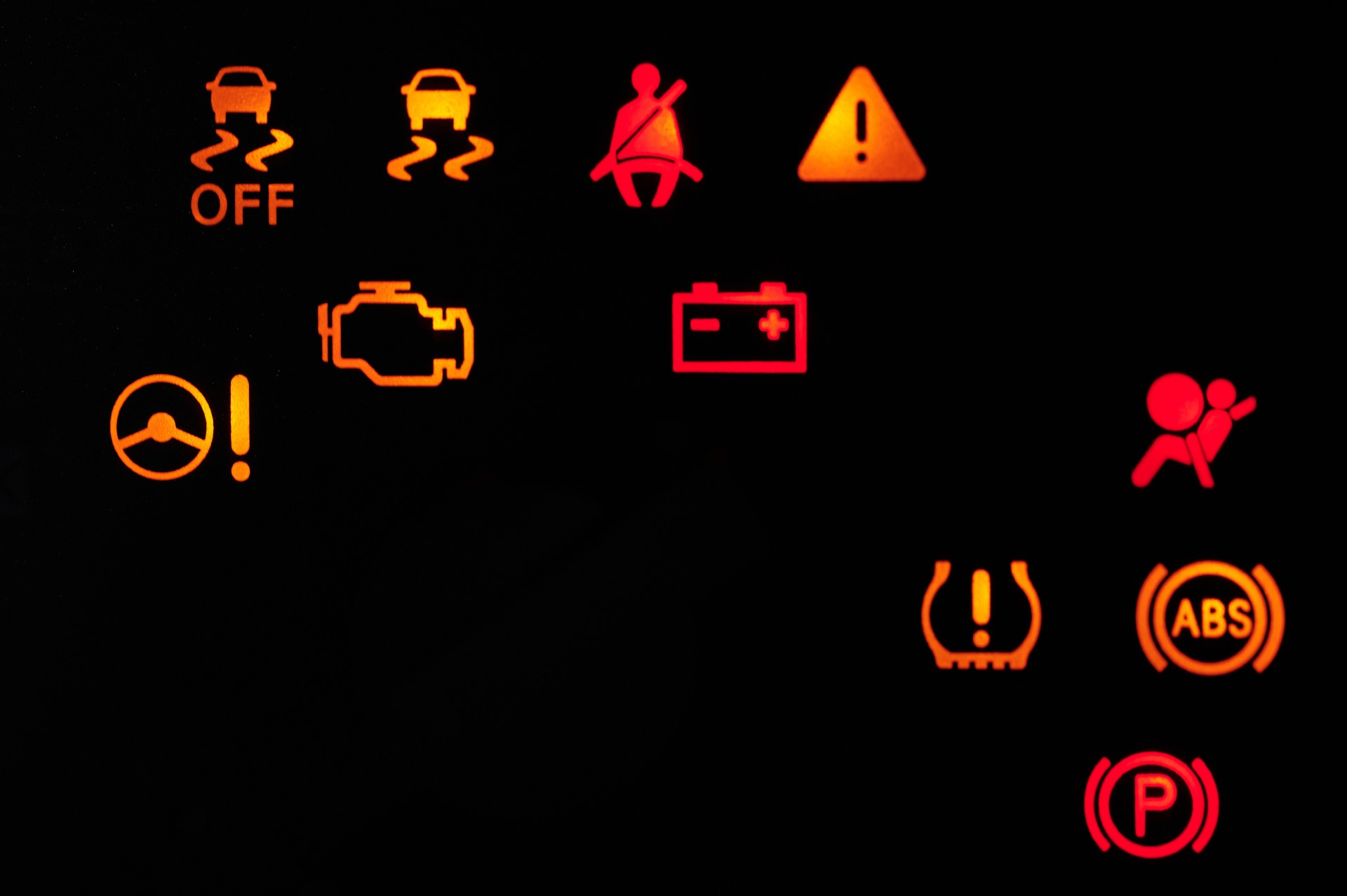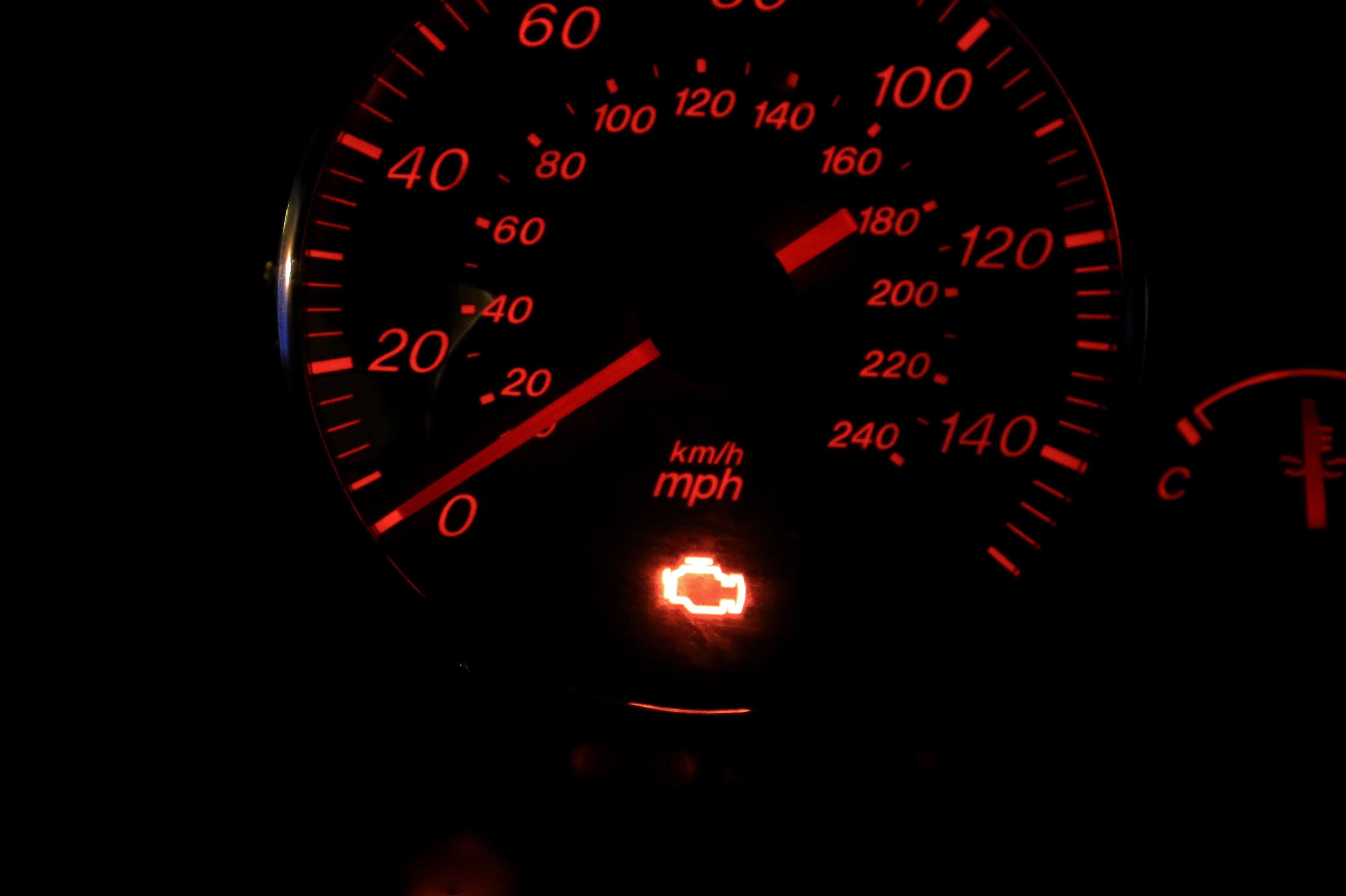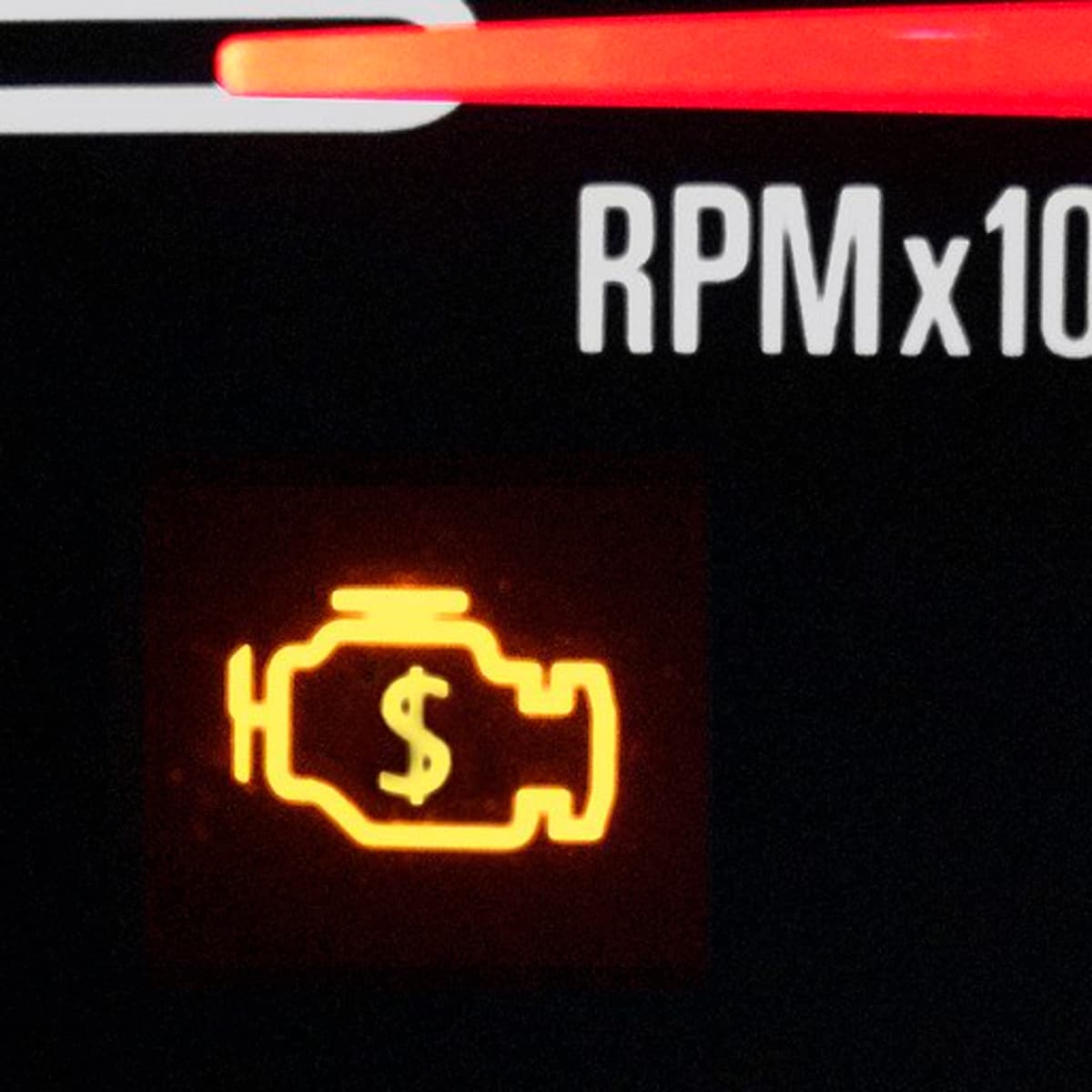Have you ever been driving down the road and suddenly your check engine light starts flashing? If so, you may be wondering what it means and what you should do. In this blog post, we will explore the possible causes of a flashing check engine light and what you should do if you see one.
What a Flashing Check Engine Light Indicates
A flashing check engine light is a serious warning that should not be ignored. It typically indicates a severe problem with your vehicle’s engine or emissions system that needs to be addressed immediately.
Some of the most common causes of a flashing check engine light include:
- Misfiring engine
- Faulty catalytic converter
- Damaged oxygen sensor
- Evaporative emissions system leak
- Vacuum leak
If you see a flashing check engine light, it is important to pull over to a safe location and turn off your engine as soon as possible. You should then contact a mechanic to have your vehicle diagnosed and repaired.
What Not to Do When You See a Flashing Check Engine Light
There are a few things you should not do if you see a flashing check engine light.
- Do not continue driving. As mentioned above, a flashing check engine light indicates a serious problem that needs to be addressed immediately. Continuing to drive could cause further damage to your vehicle’s engine or emissions system.
- Do not ignore the light. Ignoring a flashing check engine light can lead to more serious problems down the road. It is important to have your vehicle diagnosed and repaired as soon as possible.
- Do not try to fix the problem yourself. Unless you are a trained mechanic, it is best to leave the repairs to a professional.
Conclusion
A flashing check engine light is a serious warning that should not be ignored. If you see one, pull over to a safe location and turn off your engine as soon as possible. Then contact a mechanic to have your vehicle diagnosed and repaired.
What is a Check Engine Light?
A check engine light is a warning light on your vehicle’s dashboard that indicates a problem with your vehicle’s engine or emissions system.
The check engine light is typically illuminated when the vehicle’s computer detects a problem with the engine or emissions system. The problem could be anything from a minor issue, such as a loose gas cap, to a more serious problem, such as a misfiring engine.
What Does a Flashing Check Engine Light Mean?
A flashing check engine light is a more serious warning than a steady check engine light.
A flashing check engine light typically indicates that there is a severe problem with your vehicle’s engine or emissions system that needs to be addressed immediately.
Some of the most common causes of a flashing check engine light include:
- Misfiring engine
- Faulty catalytic converter
- Damaged oxygen sensor
- Evaporative emissions system leak
- Vacuum leak
If you see a flashing check engine light, it is important to pull over to a safe location and turn off your engine as soon as possible.

You should then contact a mechanic to have your vehicle diagnosed and repaired.
What to Do if You See a Flashing Check Engine Light
If you see a flashing check engine light, it is important to pull over to a safe location and turn off your engine as soon as possible.
You should then contact a mechanic to have your vehicle diagnosed and repaired.
Do not continue driving if you see a flashing check engine light.

Continuing to drive could cause further damage to your vehicle’s engine or emissions system.
History and Myths of the Check Engine Light
The check engine light was first introduced in the early 1980s as part of the United States’ Clean Air Act.
The Clean Air Act required that all new vehicles be equipped with a system that could monitor the vehicle’s emissions system and alert the driver if there was a problem.
The check engine light was originally designed to be a simple warning light that would indicate that there was a problem with the vehicle’s emissions system.

However, over the years, the check engine light has become more sophisticated and can now indicate a wide variety of problems with the vehicle’s engine or emissions system.
Hidden Secrets of the Check Engine Light
There are a few hidden secrets about the check engine light that most people don’t know.
Here are a few of the most common hidden secrets about the check engine light:
- The check engine light can be reset by disconnecting the battery.
- The check engine light can be turned off by using a code reader.
- The check engine light can be used to diagnose a variety of problems with your vehicle.
If you want to learn more about the hidden secrets of the check engine light, you can do a search online.

Recommendations for Dealing with a Check Engine Light
If you see a check engine light, it is important to have your vehicle diagnosed and repaired as soon as possible.
Here are a few recommendations for dealing with a check engine light:
- Pull over to a safe location and turn off your engine.
- Contact a mechanic to have your vehicle diagnosed and repaired.
- Do not continue driving if you see a check engine light.
By following these recommendations, you can help to keep your vehicle running smoothly and safely.
What Does a Flashing Check Engine Light Mean?
A flashing check engine light is a more serious warning than a steady check engine light.

A flashing check engine light typically indicates that there is a severe problem with your vehicle’s engine or emissions system that needs to be addressed immediately.
Some of the most common causes of a flashing check engine light include:
- Misfiring engine
- Faulty catalytic converter
- Damaged oxygen sensor
- Evaporative emissions system leak
- Vacuum leak
If you see a flashing check engine light, it is important to pull over to a safe location and turn off your engine as soon as possible.
You should then contact a mechanic to have your vehicle diagnosed and repaired.
Tips for Avoiding a Check Engine Light
There are a few things you can do to help avoid getting a check engine light.

Here are a few tips for avoiding a check engine light:
- Get regular maintenance on your vehicle.
- Use high-quality gasoline.
- Avoid driving in extreme conditions.
- If you see a check engine light, have your vehicle diagnosed and repaired as soon as possible.
By following these tips, you can help to keep your vehicle running smoothly and avoid costly repairs.
What Does a Flashing Check Engine Light Mean?
A flashing check engine light is a more serious warning than a steady check engine light.
A flashing check engine light typically indicates that there is a severe problem with your vehicle’s engine or emissions system that needs to be addressed immediately.

Some of the most common causes of a flashing check engine light include:
- Misfiring engine
- Faulty catalytic converter
- Damaged oxygen sensor
- Evaporative emissions system leak
- Vacuum leak
If you see a flashing check engine light, it is important to pull over to a safe location and turn off your engine as soon as possible.
You should then contact a mechanic to have your vehicle diagnosed and repaired.
Fun Facts About the Check Engine Light
Here are a few fun facts about the check engine light:
- The check engine light is also known as the malfunction indicator lamp (MIL).
- The check engine light is required by law in all new vehicles
